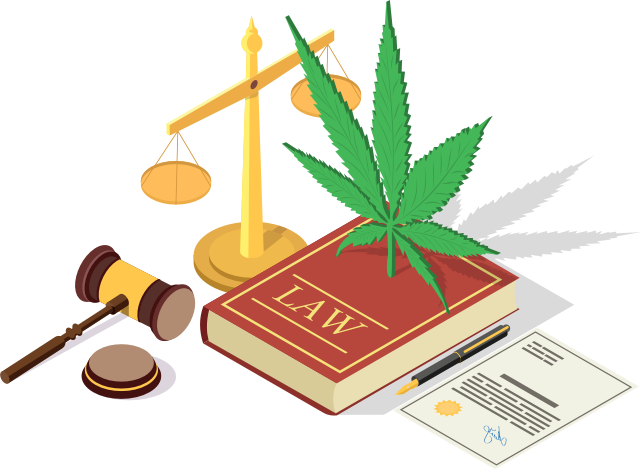
Every week, clients ask us to review their hemp-derived cannabidiol (“Hemp CBD”) products to ensure “full compliance.” Unfortunately, given the patchwork of often conflicting state labeling laws, and the lack of a federal pathway for the sale and marketing of these products, it is virtually impossible for Hemp CBD stakeholders to meet compliance standards.
Consequently, we review labels to ensure certain labeling requirements that have become standard across jurisdictions are met for the particular category of products at issue (e.g., conventional foods, dietary supplements, cosmetics or smokable products) to mitigate the risk of non-compliance, and thus, reduce the threat of enforcement actions.
These requirements include the use of:
- A statement of identity;
- A declaration of the net quantity of contents;
- A list of all ingredients in descending order of prominence, which clearly identifies the hemp extract and/or CBD;
- If expressly advertised, the concentration of CBD, and any other cannabinoids, in milligrams;
- The name and address of the manufacturer or distributor;
- The product’s intended use or directions;
- A scannable bar code or QR code, which provides information such as
(a) the product certificate of analysis tested by an independent testing laboratory to show the product (i) contains hemp that was lawfully cultivated under a state program, and (ii) meets the 0.3% THC limit;
(b) the batch number; and
(c) the Internet address of a website where batch information may be obtained. - No medical claims or bodily structure/function claims regarding Hemp CBD; and
- Warning and disclosure statements, including:
(a) “This product has not been evaluated by the Food and Drug Administration.”;
(b) “This product should not be used to diagnose, treat, cure, or prevent any disease or condition.” (c) “Keep this product out of reach of children”; and
(d) “Consult a physician before using CBD products.”
In addition to ensuring Hemp CBD labels meet these standard requirements, we also advise clients to comply, to the greatest extent possible, with any and all applicable:
- State laws where they intend on selling and marketing their products. This includes manufacturing and product registration requirements; and
- Federal laws, even though the FDA has yet to regulate the sale and marketing of Hemp CBD products. For example, Hemp CBD companies must ensure they can substantiate every statement made on their labels and that such statements are accurate (i.e., not false or deceiving).
The main issue we see in terms of accuracy pertains to the terminologies used by companies to describe their products. For instance, some companies list “hemp seed oil” as one of their ingredients, while also advertising their product as containing “CBD.” Such labeling practicing are not only false, they are also deceiving because hemp seed oil – which, by the way is generally recognized as safe (“GRAS”) by the FDA – only contains trace amounts of the CBD, and thus, cannot be described as “infused with CBD.” Therefore, it is important for companies to determine the exact hemp substance used in their products and to clearly convey that information on their product label to help consumers make an informed decision about their purchase.
The lack of a uniform labeling system has rendered the sale and marketing of Hemp CBD products incredibly complicated. Therefore, until Congress and the FDA forge a legal path for these products, the industry will need to regulate itself and do its best to meet as many applicable laws as is feasible.
The post Hemp CBD Labeling Requirements: How to Mitigate Risk appeared first on Harris Bricken.



